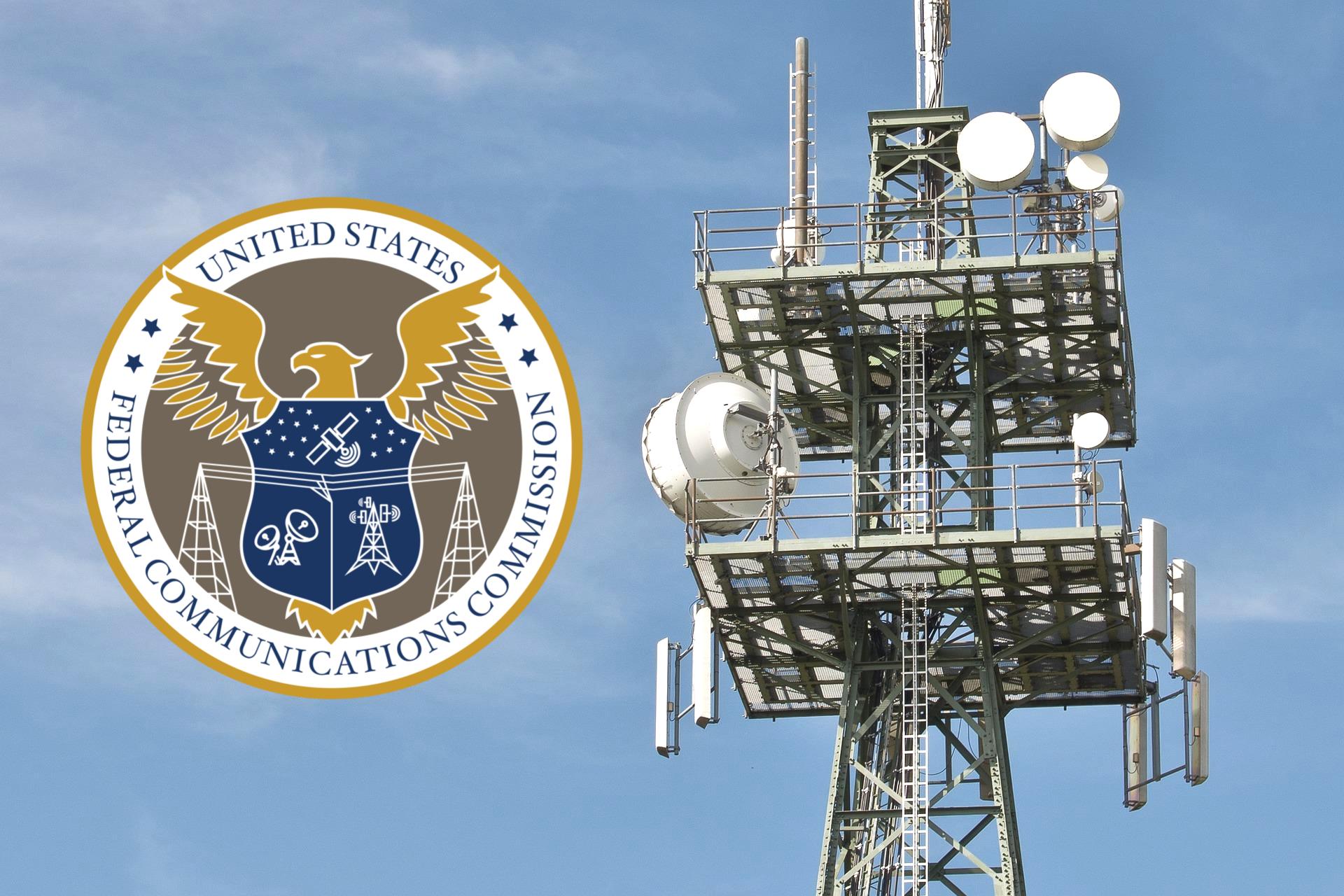HLS.Today – The Commission is required to publish a Communications Marketplace Report every two years that assesses generally the state of competition across the broader communications marketplace. The Commission must evaluate competition to deliver voice, video, audio, and data services among providers of telecommunications, providers of commercial mobile service, multichannel video programming distributors, broadcast stations, providers of satellite communications, Internet service providers (ISPs), and other providers of communications services. As part of its evaluation, the Commission must consider all forms of competition, including “the effect of intermodal competition, facilities-based competition, and competition from new and emergent communications services.” The Commission also must assess whether laws, regulations, regulatory practices, or marketplace practices pose a barrier to competitive entry into the communications marketplace or to the competitive expansion of existing providers of communications service.
- With this 2022 Communications Marketplace Report, the Commission fulfills its mandate to provide a comprehensive evaluation of the state of competition in the communications marketplace in the United States.6 As required, this third Report assesses the state of all forms of competition in the communications marketplace; the state of deployment of communications capabilities, including advanced telecommunications capability; and barriers to competitive entry, including market entry barriers for entrepreneurs and other small businesses.
- At the outset, we note that the U.S. communications marketplace is in a substantial state of change and re-examination. During the past two years, the COVID-19 pandemic drove millions of people to work and learn remotely, and consumers’ demand for fixed and mobile broadband, video, and audio services increased significantly. At the same time, there were considerable developments in the regulatory, technological, and business environment that will likely influence competition in the sector in the coming years. We see an emerging set of issues and opportunities presented by these changes in the marketplace: some trends that are encouraging and others that may pose challenges.
- First is the potential for more competitive broadband markets. Currently available data demonstrates that millions of Americans lack access to high-speed broadband or can only access high-speed broadband through a single provider. However, this market is on the cusp of generational change. The $1 trillion Infrastructure and Investment and Jobs Act has earmarked $65 billion for continued broadband adoption and deployment throughout the country. The Commission’s effort to develop new broadband maps that will help identify broadband gaps and better target federal support is well underway. New technologies like 5G fixed wireless services are deploying and may provide new competition to traditional fixed broadband services, particularly in rural areas. And while these trends develop, the Commission has taken steps to create more accountability in markets where competition may be lagging. For example, the Commission has adopted new rules that prohibit ISPs from entering into certain agreements with landlords that keep competitors locked out as well as new rules that require them to display clear “nutrition labels” to help consumers comparison shop. More recently, the Commission started a proceeding to combat and prevent digital discrimination and to promote equal access to broadband.
- Second is change in the wireless sector in the 5G era. The sector landscape has been reshaped in recent years by multibillion-dollar horizontal and vertical acquisitions. T-Mobile acquired Sprint, shrinking the number of U.S. nationwide mobile service providers from four to three. Verizon also completed its acquisition of TracFone, previously the largest wireless reseller in the United States. Meanwhile, DISH has entered the wireless sector, started to deploy a cloud-native 5G Open RAN network, and has committed to emerging as a nationwide competitor. In addition to acquisitions, wireless service providers have spent approximately $108.5 billion in 5G spectrum auctions over the past two years and made multibillion-dollar capital investments to deploy next generation 5G networks, doing so twice as fast as the previous generation of wireless technology. Mobile wireless providers are also increasingly providing fixed, home broadband service. Against this backdrop, there is also rising interest in edge computing and private cellular networks and ongoing work to reassess cybersecurity and risk management in 5G networks and equipment markets.
- Third is the rapid expansion of LEO satellite constellations and the emergence of new players in the commercial satellite industry. Reductions in launch costs and other innovations have helped make it possible to cheaply put thousands of satellites in orbit. Approximately 98% of all satellite launches in 2021 were deployed into LEO to provide internet connectivity back here on Earth. Starlink has a significant head start, having launched more than 3,350 of its Starlink satellites. However, over roughly the last two years, the Commission also has approved new satellite constellations from Kuiper and Boeing, with applications representing thousands of additional satellites still under review. In addition, the Commission has taken a range of actions to support competition, including making more spectrum available to support commercial space launches and satellite communications, updating processing round rules for non-geostationary satellites to encourage spectrum sharing and information sharing, and adopting new rules to address orbital debris risks. And the video and audio industries are also experiencing a great deal of change, as technological change and consumer preferences transform the marketplace.
- In the coming years, the Commission will continue to monitor these trends and what they mean for the state of competition and consumer choice in the communications marketplace, as advanced communications services play an ever-larger role in our lives.
ASSESSMENT OF THE STATE OF COMPETITION
- The RAY BAUM’S Act of 2018 requires the Commission to assess the state of competition in the communications marketplace. In section II, we assess the state of competition separately within several specific components of the broader communications marketplace, including the fixed broadband marketplace, the mobile wireless marketplace, the voice services marketplace, the satellite marketplace, the video marketplace, including cable industry prices, and the audio marketplace. In section III, we present information on access to advanced telecommunications capability, and provide a summary of the International Broadband Data Report.
- In assessing the state of competition, we report on several economic indicators. These include indirect measures of competition—such as the number of providers, along with barometers of market concentration—that are recognized as being associated with the level of competition. We also report, among other things, prices and product offerings. This entails looking at the major factors that affect prices, including inputs such as spectrum, infrastructure, or video content, as well as the quality of the service being offered to consumers and quality-enhancing investment. This Report further recognizes that some markets are interrelated, and so assesses competition between some of these markets, such as between fixed and mobile broadband and between multichannel video programming distributors (MVPDs), online video distributors (OVDs), and broadcast television stations.
- The Broadband Data Collection (BDC), FCC Form 477, and Network Deployment. As noted above, the Commission is required to assess the state of communications capability deployment, including advanced telecommunications capability. As the Commission has repeatedly stated, having accurate and reliable broadband deployment data is critical, not only to the Commission, but also to other federal policymakers, state policymakers, and consumers.
- In August 2019, the Commission adopted new requirements for broadband availability mapping to collect more granular, precise coverage data, and in March 2020, Congress enacted the Broadband DATA Act.12 This Act bolstered the Commission’s data collection improvement effort, but also established additional requirements for the Commission to adopt rules and carry out other steps for the collection and publication of data on the quality and availability of broadband Internet access service. In July 2020 and January 2021, the Commission adopted additional new requirements for the Broadband Data Collection (BDC) consistent with the Broadband DATA Act, and in January 2021, the Commission received an appropriation from Congress for the implementation of the data collection. Chairwoman Rosenworcel established the Broadband Data Task Force (Task Force) in February 2021 to lead the cross-agency effort to implement improvements to the Commission’s broadband data and mapping tools.
- During 2021 and 2022, the Commission has continued to develop and refine the BDC and provide guidance regarding the requirements,16 including through the release of a number of items that furthered the Commission’s ongoing effort to improve broadband availability data. These efforts have included contracting for the development of the Broadband Serviceable Location Fabric (Fabric), system development, project management consulting services, system testing, a mobile speed test app, and technical assistance; internal policy development; conducting a rulemaking on the mobile challenge, crowdsourcing, and verification processes; and inter-governmental and consumer outreach. In February 2022, the Task Force and the Office of Economics and Analytics (OEA) announced that the first BDC filing window for the collection of coverage data as of June 30, 2022, would open on June 30, 2022 and run through September 1, 2022. The new Broadband Maps based on the first BDC filing windows were published on November 18, 2022 (for data as of June 30, 2022).
- As directed by Congress in the Broadband DATA Act, the Commission has also started two separate challenge processes to improve the data and the maps.20 First, starting in September 2022,21 parties have been able to file bulk challenges to improve the location data contained in the Fabric.22 Improvements to the Fabric are included in the most recent version; since the week of December 27, 2022, providers have been matching their fixed broadband availability data with the new Fabric in preparation for the next BDC filing window for data as of December 31, 2022, which will open on January 3, 2023. Next, shortly after the first maps were published in November 2022, the Commission began accepting individual challenges to the Fabric data and challenges to the broadband availability data reflected in that first map. Through these challenge processes, stakeholders including consumers, States, Tribes, local government entities, and ISPs can submit data to improve the accuracy of the Fabric and the BDC broadband availability data. Given that the BDC is still in its early stages, with one collection round complete and the challenge processes in their early stages, we do not rely on the BDC data as the primary source of data for this Report. For purposes of our assessment in this Report, we therefore continue to rely primarily on FCC Form 477 data.24 In the next Report, we expect to rely on the BDC for our analysis of broadband availability.
HLS.Today - FCC-22-103A1
HLS.Today Source: FCC.GOV (Download Full Report PDF)








